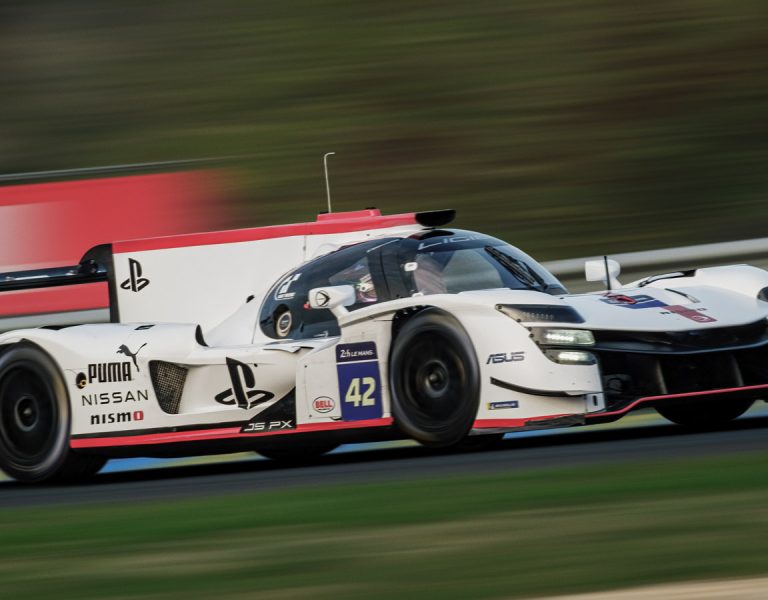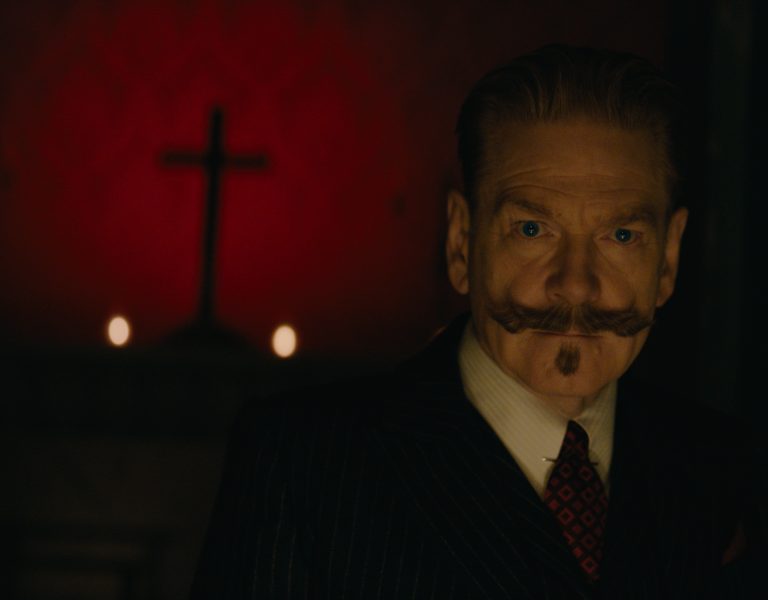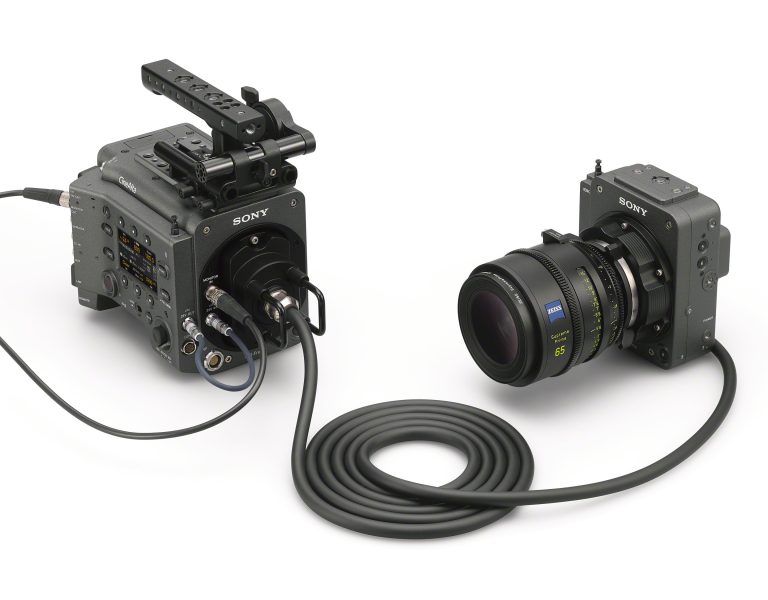NET GAINS
Marinette tells the life story of the first woman French football player to sign a professional contract. DOP Xavier Dolléans AFC explains how his Sony VENICE scored on and off the pitch.
In the diverse history of films delving into the lives of female footballers, ranging from captivating documentaries to light-hearted comedies, the dramatic portrayal of high-profile figures has been relatively unexplored.
Hence, when director Virginie Verrier was encouraged to read the bestselling autobiographical book Ne jamais rien lâcher (Never let go), it ignited a spark of inspiration within her.
“I decided to make this film in 2018 and – having played a lot of sport in my teens – wanted to share the emotions that sport can bring,” Verrier says. “And the fact that there had never been a biopic made about a sportswoman in my country challenged me. Even though some of the producers around me thought that women’s soccer was ‘boring’, that no film dealing with the sport should be made in France, I wrote, directed, and produced it with my own company, Vigo Films. France TV and Canal+ were motivated from the start and came on board to finance the project.”
Premiering at this year’s Tribeca Festival and coinciding with a World Cup year, the film artfully traces the remarkable odyssey of Marinette Pichon (played by the brilliant Garance Marillier). The trailblazing French footballer etched her legacy by clinching the title of the first woman to secure a professional contract. Scoring 81 goals in 112 matches for the French national team and a celebrated status as an LGBTQ+ icon, her success radiated across ‘L’Hexagone’ and the women’s soccer bastion of the USA.
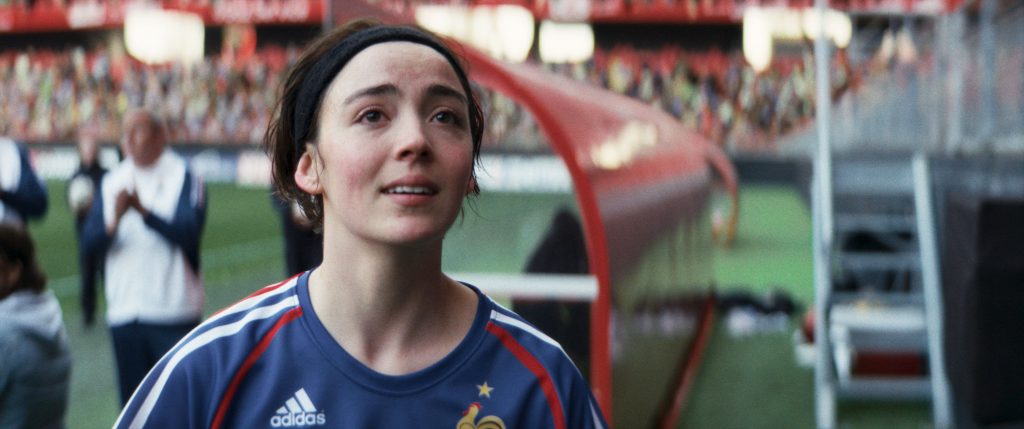
Shooting the film on both sides of the pond, cinematographer Xavier Dolléans AFC (Mrs. Davis, Germinal) explains his modus operandi for selecting a camera for the job at hand.
“Whenever you shoot a film or TV series, you spend six months or more away from using new and different technology – so when I’m about to start on a new production, I have to both test different kit and refresh my memory with regards to the technical stuff,” he says. “I have been using the Sony VENICE since it was launched in 2018, but there’s always new firmware and other brands to consider.”
During the trials, Dolléans experienced both the RED Raptor and an ARRI Alexa LF. While each left a distinct impression, it became evident that the advantages tipping the scale in favour of the Sony VENICE were more extensive.
“My preference stems from its compelling attributes: impressive low-light sensitivity, nuanced colour rendering and elevated resolution, in conjunction with the Rialto extension system,” he elaborates. “Anticipating extensive scenes amidst verdant landscapes, particularly the soccer pitches, characterised by agile women in motion, parallels the essence of capturing an action film. This necessitated the choice of a lightweight camera capable of elegantly encapsulating dribbling, shooting and evoking an inherent sense of urgency – an amalgamation precisely met by the VENICE, satisfying all the requisite criteria.”
Colour was a key consideration for Dolléans so the camera also had to be one that lent itself well to grading. He worked with colourist Karim El Katari and colour scientist Florine Bel who used to ply their trade at the now defunct film laboratory, Éclair. “I did the prep with Karim but Florine was also here to help us resolve any issues we had with the look, like skin tone when it’s against the green pitch or the blue skies,” he adds.
Although a considerable chunk of the film follows Marinette playing for the Philadelphia Charge in the Women’s United Soccer Association (WUSA), nearly all of the scenes set in America were filmed in France.
Stade Jean-Bouin, a multi-purpose stadium located close to the famous Parc des Princes in Paris, was chosen to host matches. “We couldn’t film at the bigger stadiums because they have grass designed for a 90-minute match,” he says. “We could hardly use a pitch for nine hours of filming with a camera on the Motion Impossible Agito, which we used at 30 kph for 20 days to stay close to the action, repeat sequences and improvise. Also, the pitch at Stade Jean-Bouin is synthetic, just like the pitches the women were playing on in the US back then.”
Meanwhile, Le Touquet, the picturesque seaside town in northern France, also represented Philadelphia. “The architectural resemblance between many residences along the US east coast and those in Le Touquet is striking,” adds Dolléans.
However, filming stateside was always on the agenda, to allow for a profound juxtaposition between the architectural and lifestyle disparities of the US and the France the protagonist had left behind. So, the team allocated one week to shoot in America.
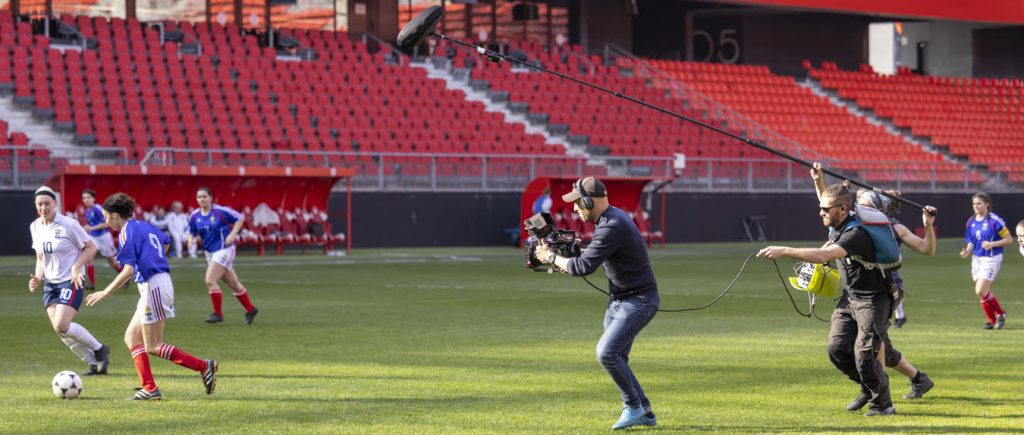
Dolléans flew to the city with key cast members, tasked with portraying Marinette’s fresh start in a different country. Despite operating solo with his camera system and minimal equipment, he was resourceful when illuminating pivotal scenes and capturing key moments.
“My sole light source was a china bowl I procured from Ikea,” he elaborates. “When we were shooting at night in the taxi, I positioned the bowl atop the sunroof, housing my iPhone within. It cast a soft, diffused radiance onto the characters’ faces. I used a tungsten light the hotel shots – those lights are hard to find in Europe, but I found one in a US hardware store.”
Philadelphia was also key in that it provided the perfect platform to create an homage to the Rocky movies. “The steps, the places he (Rocky) runs – we tried to mimic those shots,” Dolléans says.
With the right camera in hand, he sought out the best lenses to complement his setup.
“I also aimed for an anamorphic visual on Marinette, but the kit had to be lightweight, as we frequently had to move with two cameras,” he explains. “We tested Panavision, Vantage and Cooke but thought the Atlas Orion series was the perfect set again because I love the look, plus it’s lightweight and cost-effective. You can select the look depending on your T-stop, and it has modern housing.
“When shooting at T2.8 or T4, discernible disparities arise. Employing Atlas Orion at T2.8 imparts a softer quality for television. However, T2.8 and a half is a good sweet spot, because the definition increases and you keep the anamorphic look. As you transition to T4, the distinct anamorphic character gradually dissipates, but you keep the distinct anamorphic bokeh. The VENICE and Atlas Orion is the perfect marriage.”
Verrier wanted the anamorphic look to be discreet. “Virginie was very impressed with the VENICE,” he continues. “However, she likes anamorphic for close-up but doesn’t like distortion, flares or to lose detail on the side.”
Verrier adds: “I work in a free, naturalistic way. The image has to serve the emotions and I’m obsessed with authenticity, right down to the smallest detail. Xavier had to adapt to this.”
The film’s muse was invited to be a consultant on Marinette and she had a clear understanding of the director’s narrative vision.
“I explained to her (Pichon) exactly what I wanted to do, the elements of her life I wanted to deal with, so that things were very clear and unambiguous,” Verrier continues. “I wanted to treat everything without voyeurism, with modesty and have ‘carte blanche’ to write without restrictions. I wrote alone and came back to her when I was finished. I read her the script, scene by scene, so she could visualise my intentions and she said, ‘let’s go’.”
Regrettably, the World Cup eluded Les Bleues this year, but this film boasts performances that are unmissable. What’s more, the real-life Marinette is very happy with the result.

Find out more with Xavier Dolléans DoP Portrait here.
–
Words: Robert Shepherd

